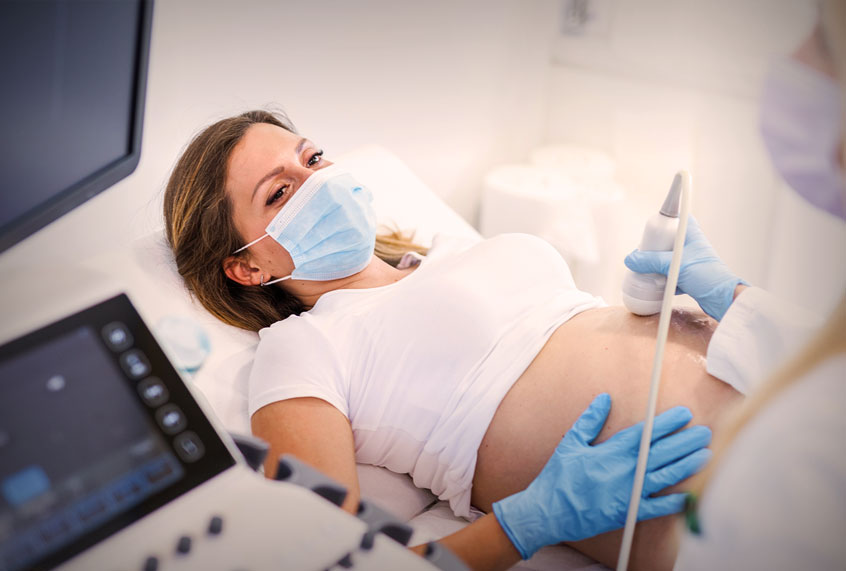— Shares Facebook Twitter Reddit Email This article was originally published on The Conversation . Black women were more likely to die during pregnancy or soon after in every year from 1999 through 2019, compared with Hispanic, American Indian and Alaska Native, Asian, Native Hawaiian or other Pacific Islander, and white women. That is a key finding of our recent study published in the Journal of the American Medical Association.
The risk of maternal death increased the most for American Indian and Alaska Native women during that time frame. Maternal deaths refers to death from any cause except for accidents, homicides and suicides, during or within one year after pregnancy. Notably, maternal mortality rates more than doubled for every racial and ethnic group from 1999 through 2019.
Most maternal deaths are considered preventable because, in the U. S. , maternal deaths are most often caused by problems that have very effective treatments , including bleeding after delivery, heart disease, high blood pressure, blood clots and infections.
Related Strict abortion laws are driving an exodus of women’s health specialists Previous research has focused on high rates of maternal mortality in the Southern U. S. , but our results showed that there are high-risk populations throughout the country.
For Black women in 2019, the states with the highest maternal mortality ratios – meaning the proportion of maternal deaths per 100,000 live births – were Arizona, New Jersey, New York and Georgia, along with the District of Columbia. Each had a maternal mortality ratio greater than 100 for Black women. In comparison, the national maternal mortality ratio for all women in the U.
S. was 32. 1 in 2019.
Among American Indian and Alaska Native women, the states with the largest increases in maternal mortality between the first half of the time period (1999-2009) and the second half (2010-2019) were Florida, Kansas, Illinois, Rhode Island and Wisconsin. In each of these states, risk of maternal death increased by more than 162%. Across the whole U.
S. , maternal mortality for American Indian and Alaska Native women was higher in 2019 than in all other years. Some individuals other than women, including girls, transgender men and people who identify as nonbinary, are also at risk of maternal death.
Why it matters In order to prevent maternal deaths in the U. S. , it’s crucial to understand who is most at risk.
Prior to our study, estimates of maternal mortality for racial and ethnic groups within every state had never been released. The U. S.
has a high rate of maternal mortality compared to other high-income countries , despite spending more per person on health care . Disparities in maternal mortality have persisted for many decades. Because most maternal deaths are preventable , interventions have the potential to make a significant difference.
Better prevention of related events, such as preterm birth , is also necessary. We hope that our research continues to help policymakers and health care leaders put solutions in place to better prevent these deaths from happening. Recently, U.
S. Democratic Senators Cory Booker and Bob Menendez of New Jersey , Raphael Warnock of Georgia, and Alex Padilla of California reintroduced the Kira Johnson Act to improve maternal health outcomes for racial and ethnic minority groups and other underserved populations, citing our study. What’s next We would like to investigate how the most common causes of maternal death, such as blood clots, high blood pressure and mental health issues, are contributing to the overall estimates.
Understanding these trends will help clinicians and policymakers tailor solutions to be as effective as possible. Our study did not include data from the pandemic years. So far, maternal mortality has only been reported at the national level for those years, but reports suggest that maternal mortality rates have increased since the start of the COVID-19 pandemic and that racial disparities have only gotten worse .
The Research Brief is a short take about interesting academic work. Read more about reproductive health Abortion restrictions put hospital ethics committees in the spotlight — but what do they do? Panic! At the vasectomy table: My super dramatic reaction to this routine medical procedure A do-it-yourself IUD removal trend is either macabre or empowering, depending on who you ask By Laura Fleszar Laura Fleszar, University of Washington MORE FROM Laura Fleszar By Allison Bryant Mantha Allison Bryant Mantha, Harvard University MORE FROM Allison Bryant Mantha By Catherine O. Johnson Catherine O.
Johnson, University of Washington MORE FROM Catherine O. Johnson By Greg Roth Greg Roth, University of Washington MORE FROM Greg Roth Related Topics —————————————— Childbirth Death Health Pregnancy Reproductive Health The Conversation Related Articles Advertisement:.
From: salon
URL: https://www.salon.com/2023/08/19/study-finds-risk-of-related-to-pregnancy-more-than-doubled-between-1999-and-2019-in-the-us_partner/



